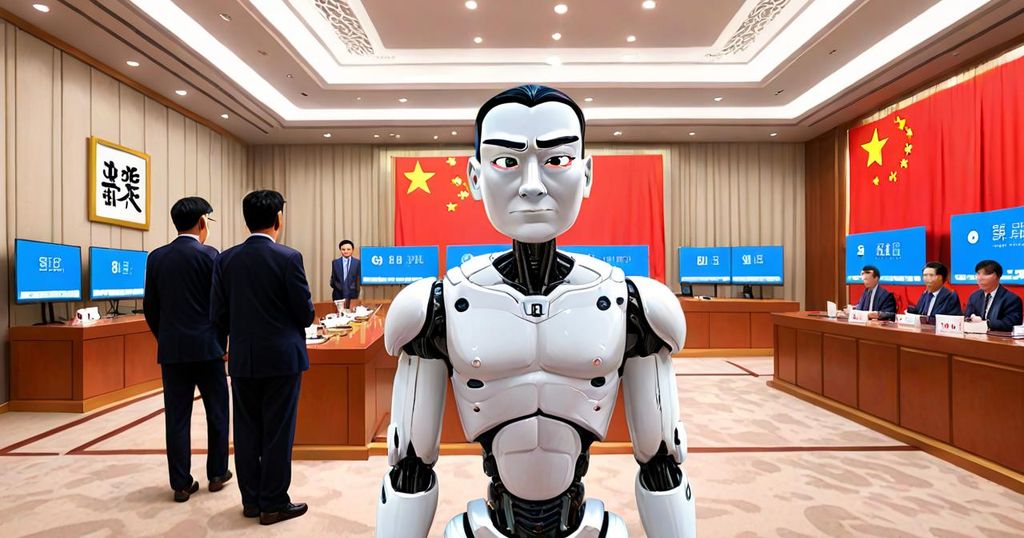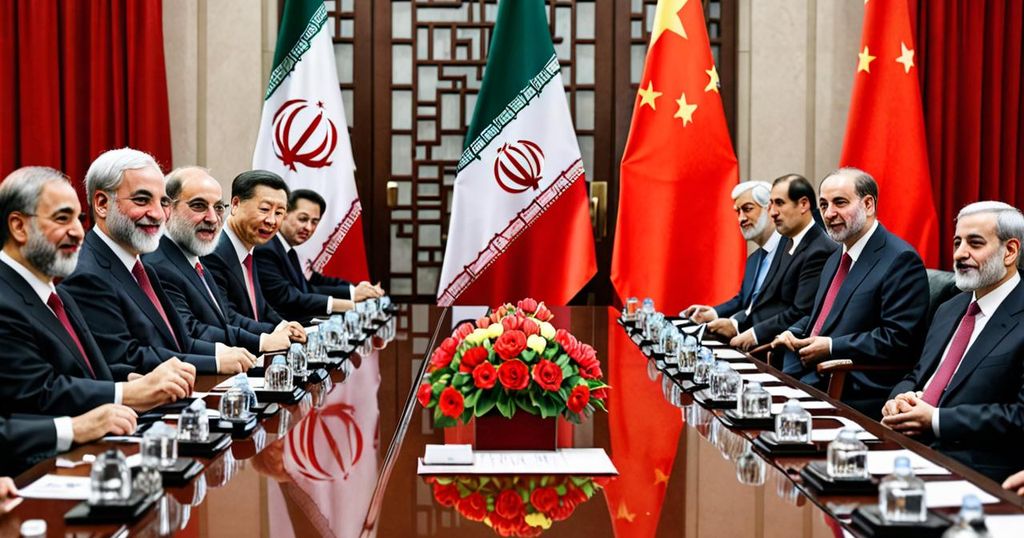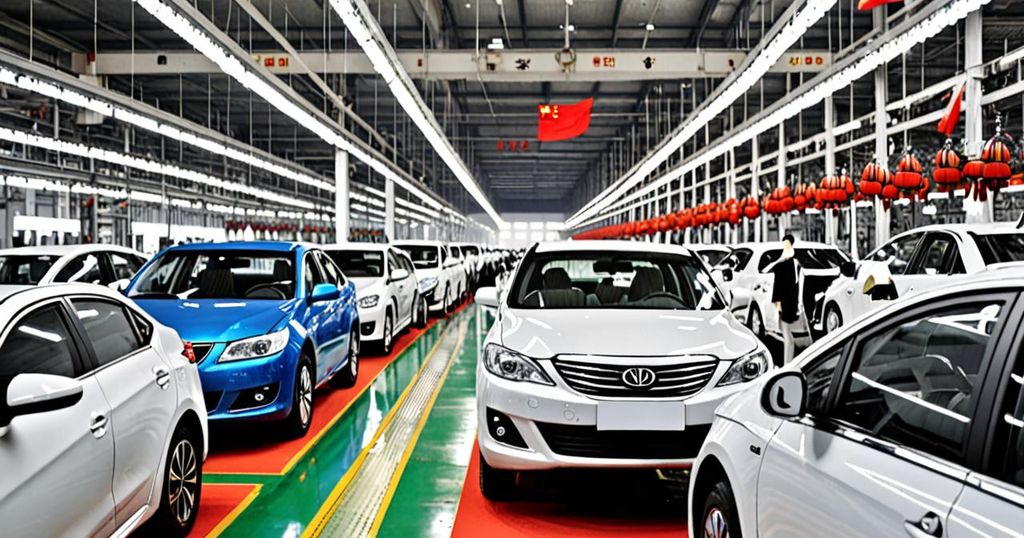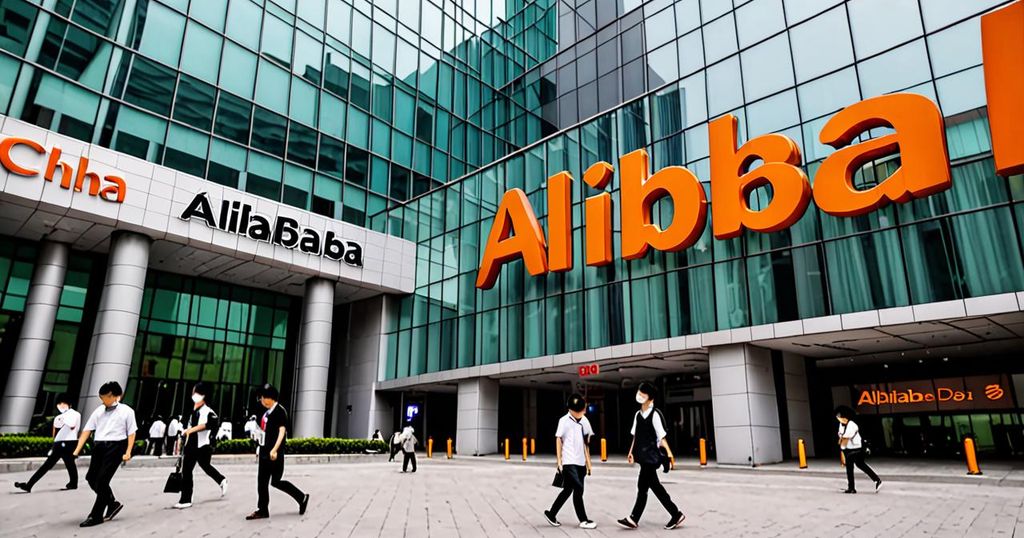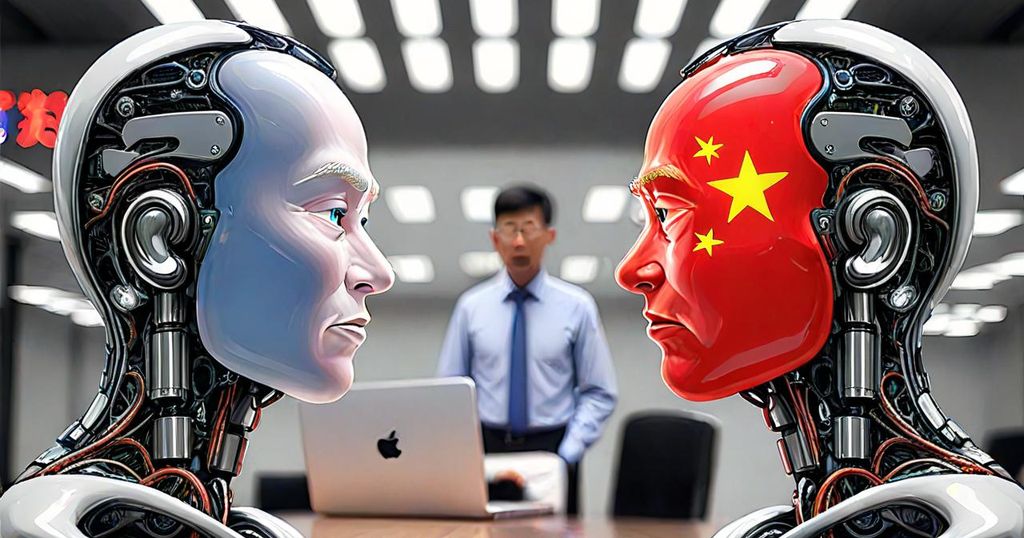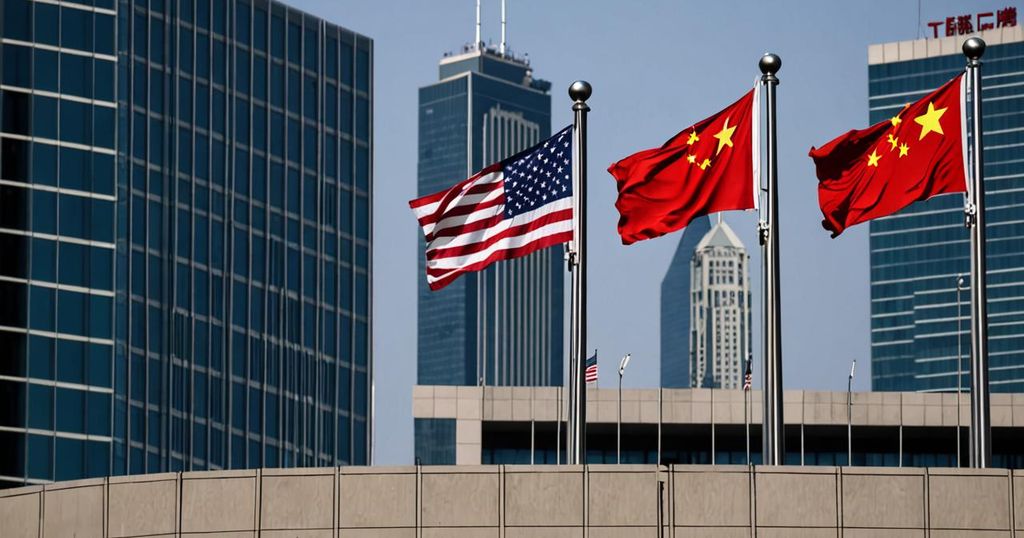The Chinese government’s approach to regulating artificial intelligence (AI) may appear perplexing at first glance, but there is a deliberate strategy behind their actions. According to Angela Huyue Zhang, a distinguished law professor at Hong Kong University, China’s regulations on AI follow a distinct pattern of development: beginning with a flexible approach, then transitioning to strict crackdowns, and eventually returning to relaxed restrictions.
An exemplary illustration of this progression can be observed in the case of tech giants Alibaba and Tencent. These companies were permitted to expand their operations without restraint for several years, but in 2020, the government initiated a crackdown, scrutinizing past mergers and acquisitions and imposing substantial fines, including a $2.8 billion penalty for Alibaba.
Insights derived from Zhang’s recent publication, “High Wire: How China Regulates Big Tech and Governs Its Economy,” illuminate the symbiotic relationship between Chinese tech companies and the government. While high-profile crackdowns may capture attention, there exists a concealed collaboration between the two entities, with the government frequently exerting considerable efforts to safeguard and bolster these companies.
A prime example of this support is the current approach to regulating AI. As AI is deemed fundamental to China’s objectives of attaining technological supremacy and self-sufficiency, the Chinese government plays an integral role in its advancement. This close alignment of interests implies that the industry will continue to benefit from lenient regulation.
Despite the appearance of stringent regulations, particularly in areas pertaining to freedom of speech and content control, the recent regulations on AI in China actually offer nebulous principles and limited enforceable measures to mitigate harm. This leniency in AI regulation, in contrast to the US and Europe, stems from the government’s prioritization of fostering growth and technological capabilities.
Zhang anticipates that a significant misuse of AI posing a threat to social stability would be necessary to prompt a shift towards regulatory crackdown. However, if and when this occurs, it would be sudden and unforeseen.
In conclusion, the deliberate leniency of the Chinese government in regulating AI is a calculated decision to bolster the growth and advancement of the industry, aligning with its broader economic and technological objectives.
This intentional approach not only offers valuable insights into China’s technology policies but also sheds light on the interconnected relationship between government, industry, and regulation. And while the future of AI regulation in China remains uncertain, it is evident that the industry will continue to operate within a relatively relaxed regulatory environment for the foreseeable future.



